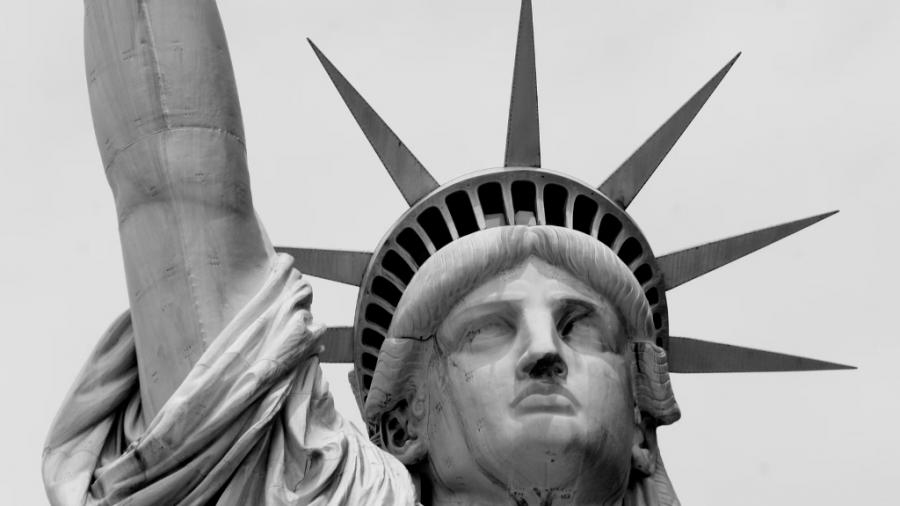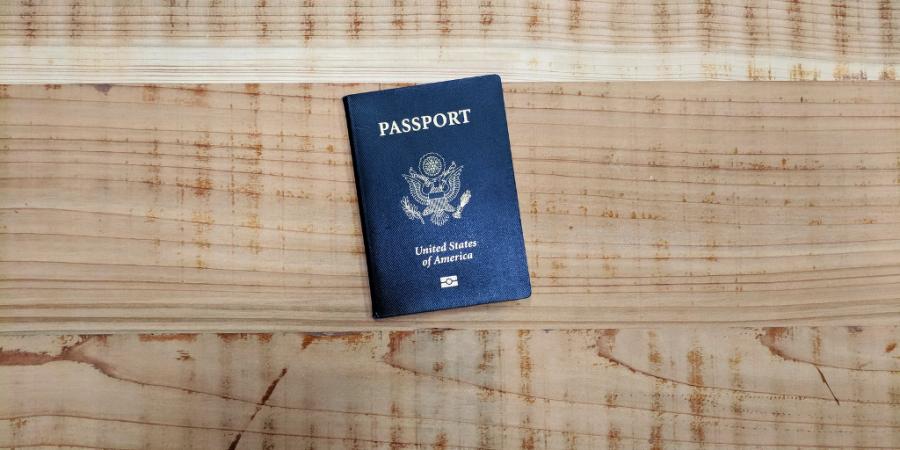US Immigration Law History: Policies and Timeline

The United States has a unique history when it comes to immigration. From the first colony in New England to the frontier towns of the Old West, immigrants have played a substantial role in shaping its culture and economy. Immigration is a complex subject, with multiple factors fueling this debate over the course of US history.
As you’ll discover in this article, laws concerning immigration are not static but evolve based on current events, socioeconomic factors, and global pressures on migration. The following article details the history of US immigration laws as they exist today.
The First Immigration Laws: 1780-1875
The very first immigration laws were written during the American Revolution. During this period, Britain closed its borders to prevent the spread of the war. In 1780, the colonies enacted the Alien Enemies Act, which allowed them to expel British subjects. The rise of United States coincided with the Industrial Revolution.
This period was characterized by a labor surplus in Europe as workers migrated from rural to urban areas. From the late 19th to the early 20th century, the US had an open immigration policy. However, it was subject to many exceptions.
First, only northern Europeans were allowed in due to the prejudiced belief that Asians and southern Europeans were too “savage” to assimilate into American culture.
Second, only a few people were permitted to enter the country each year because government officials wanted to prevent large numbers of immigrants from entering the country at once. Between 1780 and 1875, these policies accounted for the vast majority of immigration laws.
1875 - 1924: The Rise of Borders and the Development of Discriminatory Immigration Laws
The first significant attempt to control US immigration came in 1875, when the government passed the Page Act. This Act was aimed at preventing Chinese immigration and the spread of Chinese culture in the West.
It prohibited Chinese workers from entering the country, and authorized the deportation of Chinese immigrants. As Chinese immigration continued unabated, the government passed the Chinese Exclusion Act in 1882. It suspended Chinese immigration for ten years and barred Chinese workers from becoming naturalized citizens. It remained a federal law for over half a century, until it was repealed in 1943.
The Immigration Act of 1882 placed a head tax on each immigrant entering the country. This tax was designed to discourage poor immigrants from entering the country. In 1917, the Immigration Act of 1917 placed a ban on immigrants from Asia. In the 1920s, the government passed the first “quota” system with the Immigration Act of 1921. This Act limited the number of immigrants allowed to enter the country based on their country of origin.
Finally, the 1924 Immigration Act created the first system regulating immigration based on skills and family relations, such as marriage to a US citizen. This Act established that immigrants could only be admitted based on quotas for each country, which heavily favored northern and western European immigrants.

1924 - 1965: The Great Depression, the Immigrant Worker Act, and the Immigration and Nationality Act
These discriminatory immigration laws remained in place until the passage of the Immigration and Nationality Act of 1965. This Act ended the quota system, and it granted Asians access to the United States.
The Great Depression led many US citizens to call for increased immigration control. The Immigration Act of 1929 created quotas based on national origin, as well as imposed a maximum quota of 21,000 immigrants per year. Led by President Roosevelt, the government also created the Bracero program to bring in temporary workers from Mexico. It granted temporary work permits to Mexican citizens who could not find work in their own country due to the economic crisis.
In 1943, the United States and Mexico signed the Migratory Labor Agreement, which allowed Mexican workers to work in the United States in agriculture. In 1943, the United States and Mexico signed the Migratory Labor Agreement, which allowed Mexican workers to work in the United States in agriculture.
The Immigration and Nationality Act of 1952 modernized the previous immigration laws and created the foundation for current US immigration policies. This Act prioritized family reunification, skilled workers, and refugees. Although this law was a step forward, it still discriminated on the basis of national origin. It heavily favored immigrants from northern and western Europe, while discriminating against Asians. It also included the "immediate deportation" of any individuals who were members of the Communist Party.
1965 - present: A New Era with Old Problemmics
Immigration law experienced a radical shift in 1965 with the passage of the Immigration and Nationality Act (INA). The INA abolished the national origin quota system that had been in place since the 1920s. The INA also established a preference system based on family reunification, skilled workers, and refugees.
Today, the INA remains the US government’s primary immigration law. It provides a clear outline of the types of people who can enter the country, and where they can go. Even so, according to legal experts, the INA is not a static law. It continues to be amended, and the complexity of immigration issues requires flexibility in its implementation.
Key Takeaway
The United States has a long and complex history when it comes to immigration. From the first colony in New England to the frontier towns of the Old West, immigrants have played a substantial role in shaping its culture and economy. Immigration is a complex subject, with multiple factors fueling this debate over the course of US history. As you’ll discover in this article, laws and policies concerning immigration are not static but evolve based on current events, socioeconomic factors, and global pressures on migration. If you’re interested in learning more about immigration policies or want to become an immigration lawyer, then this article is for you. You’ll discover how immigration laws have evolved over the years, and how they may change in the future.
More to Read:
Previous Posts:
Next Posts:



